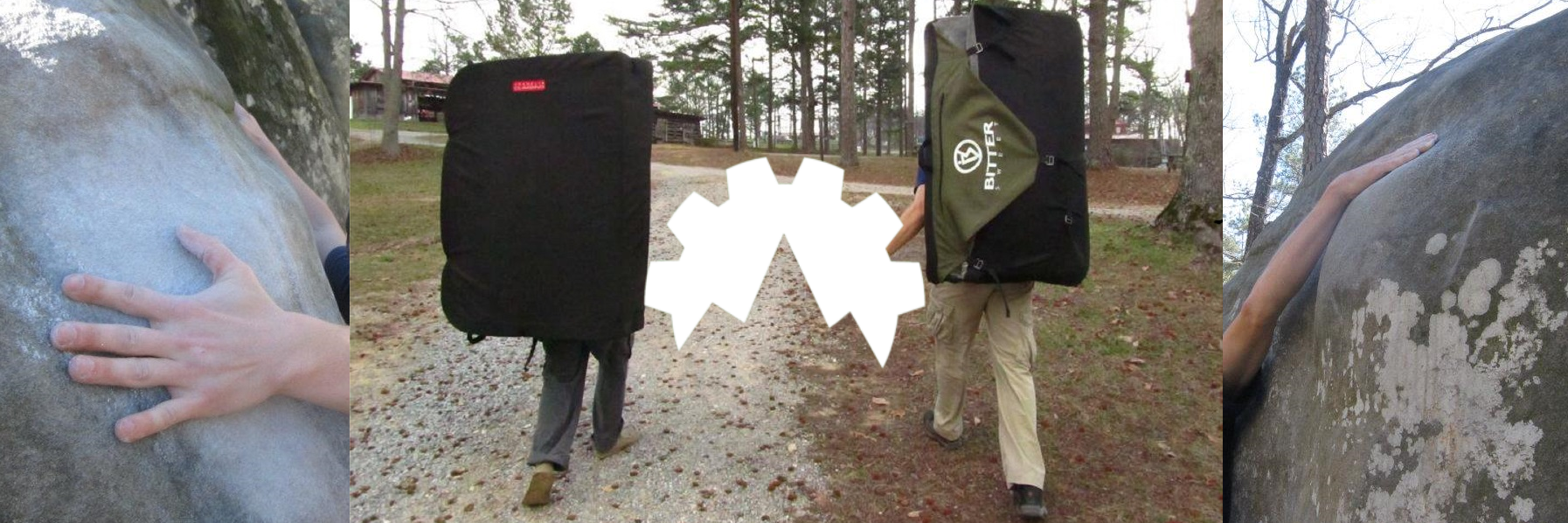In light of ABS 16 Youth Nationals this weekend, we bring a very special editorial regarding the nature of the competitive side of climbing. Enjoy.
You know what Jams My Cams?
Games. The lines between Games, Sports, and Athletics are a bit hazy, but I think there are important distinctions that can be made, and once we establish those, we can attempt to fit climbing into one or more of the boxes. I know, I know, Climbing is a LIFESTYLE not a SPORT, but humor me here. First, definitions (via google):
game ɡām/ noun
a form of play or sport, especially a competitive one played according to rules and decided by skill, strength, or luck.
sport spôrt/ noun
an activity involving physical exertion and skill in which an individual or team competes against another or others for entertainment.
ath·let·ics ˌaTH(ə)ˈlediks/ noun
North American: physical sports and games of any kind.
How do Athletics compare to Games? I think the crux of the matter is that athletic achievements exist independently – one persons achievement can be compared to another’s without the need for them to be in the same place at the same time. After the race, we know Usain Bolt is faster than the other 7 people lined up next to him, but we are also fairly certain that he is faster over that distance than anyone else, ever. It doesn’t matter that they weren’t there on location and in their prime at that moment.
Conversely, while we can compare statistics, without a true head to head match-up, ranking athletes who play games is much more difficult. Could Jack Johnson have beat Mike Tyson? Could Johnny Unitas’ Colts take down Tom Brady’s Patriots? [ed.-Probably] We can weigh pros and cons, and debate all day, but without a time machine, we will never know.
Where the comparable nature of athletics get most hazy is in the face of evolving technology. Consider if you will the record for max distance cycled in an hour. In 1972, Eddy Merckx rode 49.431km in an hour. By 1996, the record had jumped to 56.375km. Bicycles had also changed from simple drop handlebars, steel tubular frames, and wire spokes, to carbon fiber, aerodynamic shapes, and disc wheels. 4 years later that record holding rider, Chris Boardman, riding a bike more comparable to Merckx’s, only managed 49.441km in an hour. The evolution of the equipment was responsible for almost all of the improvement in performance.
The different forms of climbing fall to either side of this line. Alpine climbers benefit from thinner, lighter, warmer gear. We continuously develop stickier shoes, lighter ropes, and easier to place gear. Could John Gill be pulling V15 if he had the latest La Sportiva’s and a big fluffy crash pad back when? Could Jim Holloway or John Gaskins be leaving unrepeatable problems that are V17-V18 as opposed to V13-V15? We will never know.
Competitive climbing has generally, in my experience, been much closer to a track and field meet than a game. Each competitor comes out, and their performance is recorded (high point / attempts similar to say, shotput distance), and at the end we tally everything up to reveal the winners. Generally, less big disparities in the size of your wallet, the equipment used across the field is comparable.
This topic has been on my mind for years. I was never good at games or head to head sports, and the reasons I couldn’t hack it in those endeavors were the reasons I fell in love with climbing. Wrestling as a teenager, I never had the competitive instinct or the self-confidence to go out and throw my weight around. Mentally I would give up. My resistance to authority put me at odds with my coaches as well; I resented being told what to do, like they or my teammates thought I owed them something. It wasn’t until years later when relating this feeling to a friend that she put it in perspective for me, “when you are on a team, you do owe them something”. Climbing, even in competitions, let me put forth my physical effort in a bubble; smile, joke, and share beta with my direct competitors. If they were stronger than me, they beat me, if they weren’t I beat them.
The scoring nuances of the ABS Nationals (and coming Junior Nationals) changes my notion of competitive climbing from that of an athletic event to that of a game. Other scoring methods (too many to list here) use only the competitors performance relative to the wall to assign scores, tallying at the end to decide ranking. The new system gets credit for maintaining number of tops as the most important thing, because it is, but I think it loses the spirit in that the remainder of the score uses your relative performance to assign points. I used to be able to walk up to the finals problems after a comp, give myself 4 minutes, pull on and see where I sit relative to the others. Now, unless they are there in that moment with me, the direct correlation between performance and placement is lost. At the end of the day, I think Chris Sharma summed it up best, even if a little strangely, back in the PCA days:
Battle Footage – Part Two from Mike Call on Vimeo.
-Justin Meserve

